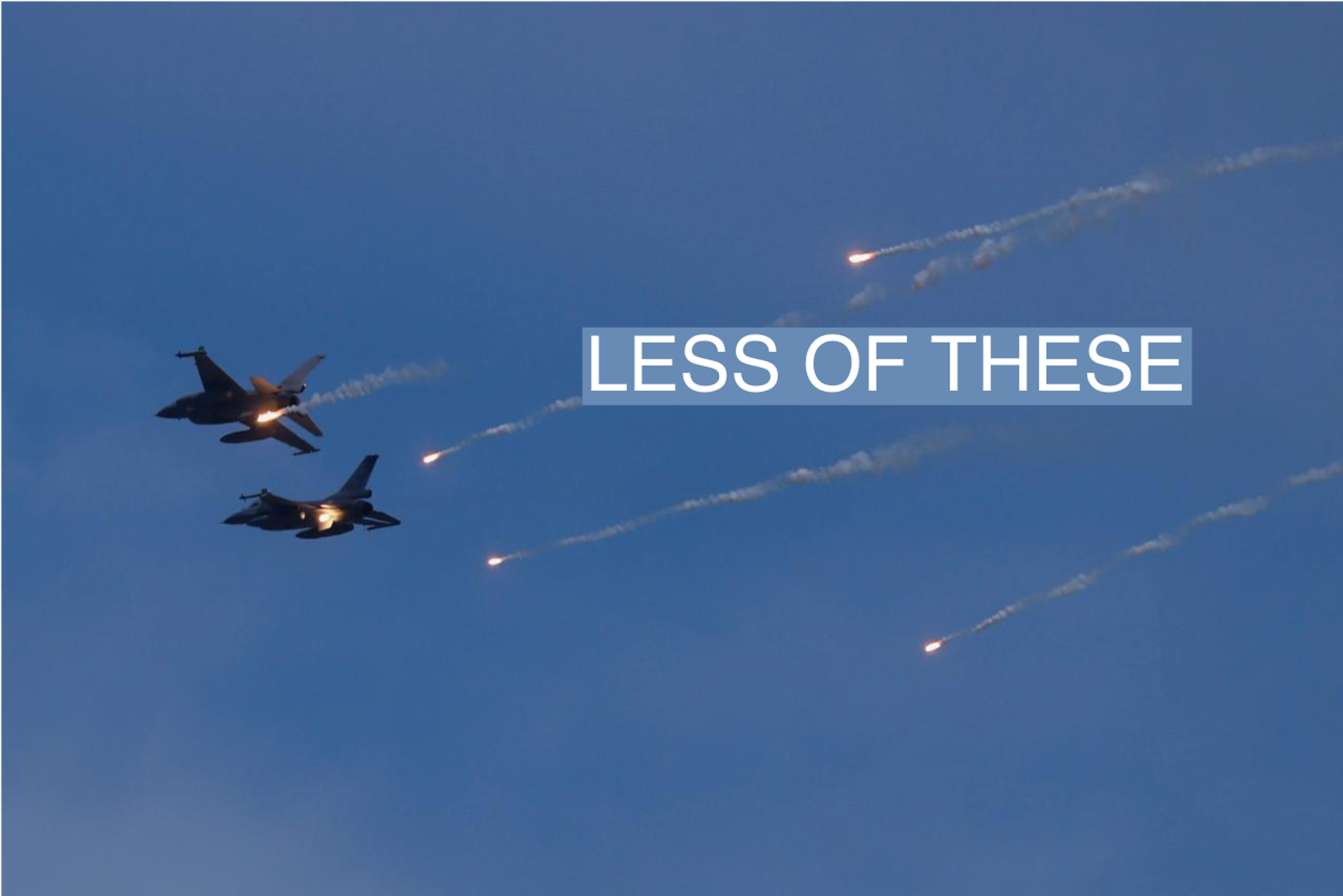The News
Anduril Industries has a simple business pitch: When Chinese leader Xi Jinping allegedly says that his military should be prepared to retake Taiwan by 2027, he means it.
The defense tech startup argues that the size of China’s military, economy, and technology sector makes it inevitable that it will soon challenge the U.S. on all those fronts. The solution, it says, is developing and building faster and smarter drones, submersibles, and missile systems — the sort of weapons systems in which Anduril specializes — that can be deployed quicker, cheaper, and more widely than legacy defense systems such as aircraft carriers, fighter jets, and submarines. This is particularly important with 2027 looming.
If a Chinese invasion fleet crossing the Taiwan Street is “sailing into the teeth of large batteries of anti-ship cruise missiles and air defense systems and loitering munitions and sort of swarms of intelligent weapons,” says Anduril’s chief strategy officer, Christian Brose, “that is something that I say would give China pause.”
In this article:
Know More
Co-founded by billionaire Palmer Luckey after selling his virtual reality headset maker Oculus to Meta, Anduril is among a core group of emerging U.S. defense-technology startups that has embraced the national security space in recent years, bucking Silicon Valley’s wariness of working with the Pentagon.
Anduril launched in 2017, mainly as a software company, and has quickly moved into building smart weapons systems, including attack drones, unmanned submersibles and border surveillance systems – shipping some equipment to Ukraine already. This June, it bought a Mississippi-based maker of solid rocket motors with the aim of producing hypersonic weapons and helping NATO and the Pentagon restock its short supplies of munitions and missiles for the war against Russia.
But it’s the looming power of China, and the growing risk of a military conflict between the Pentagon and People’s Liberation Army, that consumes Anduril executives like Brose, who served as staff director of the Senate Armed Services Committee from 2014-2018. Beijing already has a ship building capacity 200 times the size of the U.S.’s, Brose notes, and China has vowed to match the nuclear weapons arsenals of the U.S. and Russia by 2030. The Chinese military and commercial technology industry are fused in ways that are unimaginable in the West.
“I’m all for building more manned submarines. I’m all for building sixth generation fighters,” Brose said. “That’s not going to solve our 2027 problem, and it is not going to be…a solution that I can give to the Philippines.”
Jay’s view
A U.S. conflict with China is often portrayed as a longer-term global security threat. But my recent reporting for Security shows that the number of flashpoints between the two countries in the Indo-Pacific are multiplying. And in that context, the types of military systems Brose outlines for the U.S. and its allies in the region make sense.
Case in point: The Republic of Palau, which the U.S. is treaty-bound to protect. The country’s president, Surangel Whipps Jr., told Semafor last month that China’s navy is increasingly challenging his island country’s maritime borders, sending vessels to illegally map Palau’s economic zone and communications systems. Earlier this year, Whipps said his government formally reached out to the U.S. Coast Guard in Guam for assistance, but a typhoon prevented the U.S. from deploying.
Palau has no formal military nor the budget to invest in major weapons systems. But the country would likely play a logistical and communications role in any conflict between Washington and Beijing, including in Taiwan. Drones, surveillance systems, and unmanned aquatic vessels could allow the country to much more accurately gauge the PLA’s actions in the Far Pacific and help fashion an allied response with the U.S.
”[The conflict] is hotter than people think. And it is more present than people think,” Brose said of the U.S.-China rivalry.
Room for Disagreement
The defense strategy for Taiwan that Brose and others in the U.S. security establishment envisage — using dispersed smart weapons to make Taiwan more difficult to invade — is called the “porcupine” approach.
Taiwan’s military, however, has cleaved to a Cold War doctrine that prioritizes jet fighters, frigates, submarines and long-range missiles that could attempt to launch offensive strikes on the Chinese mainland. Some Taiwanese politicians view the U.S.’s sales of big-ticket items as a sign of Washington’s commitment to the defense of Taiwan. Taipei’s democratic leadership has also been wary of signaling to its population that they may need to prepare to defend their island. The Biden administration recently approved the potential sale of $619 million in arms to Taiwan, which including hundreds of missiles for the country’s F-16 fighter jets.
Notable
- Christian Brose authored a book in 2020, The Kill Chain, that outlines the need for the U.S. to drastically refashion its military systems to compete with China.
